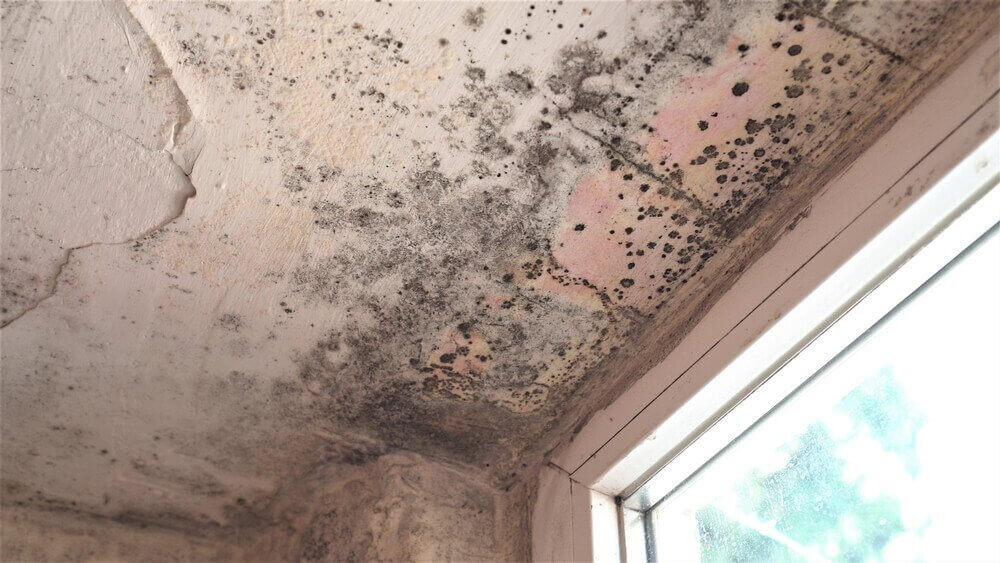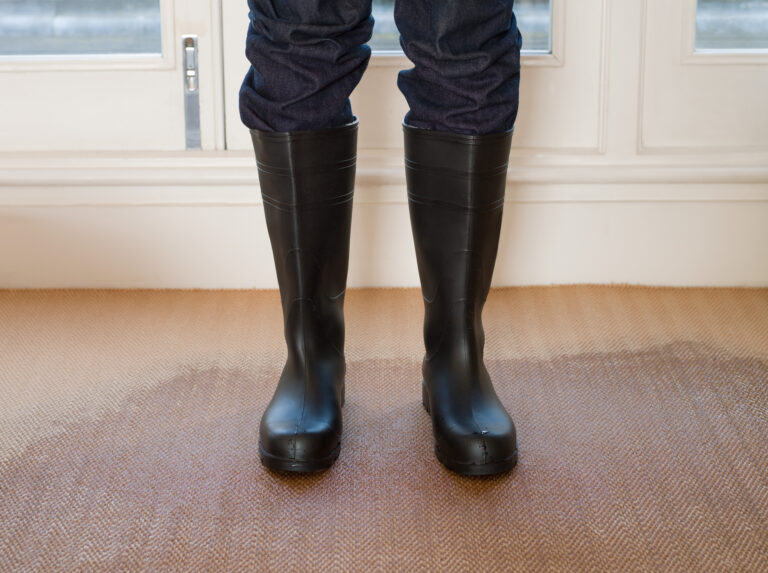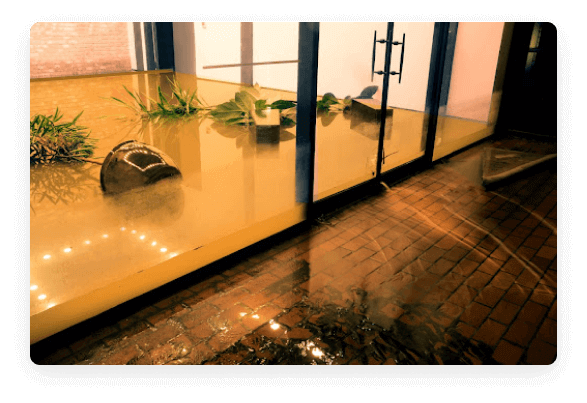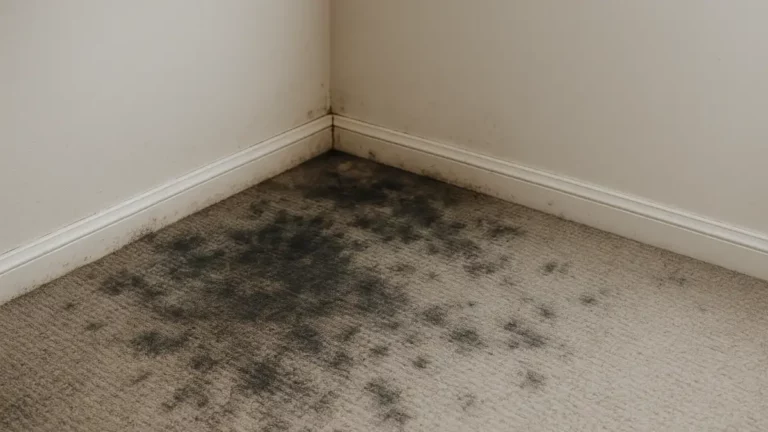Regular maintenance and effective mould removal are essential because exposure to any type of mould can lead to serious health issues, such as respiratory problems, headaches, and fatigue. Mould also has the potential to damage your home’s structure, significantly reducing its value. Regular inspections and timely mould removal can prevent these problems and help you maintain a healthy living environment.
This checklist will help you understand the key steps, such as how to remove mould from wood and other surfaces.
Is It Necessary to Remove Mould?
Yes! Mould is a type of fungus that can cause serious health problems when inhaled. Exposure to mould can lead to symptoms such as coughing, wheezing, eye irritation, and other respiratory problems. In extreme cases, it can even cause neurological and immune-system damage.
Removing mould from your home is essential to protect your health. Mould can spread rapidly, so it’s important to identify and address the source of the problem—such as moisture or water leaks—to prevent it from returning. Professional mould removal may be necessary when the issue is too severe to handle on your own. Expert mould removal in Auckland and Hamilton is available from Restate Property Restoration, a team experienced in tackling large-scale mould problems and serious infestations.
Why Does Mould Grow In Your Home?
Mould typically grows due to high levels of moisture and humidity, which are especially common in New Zealand. Mould spores are present in most indoor and outdoor environments and can reproduce quickly when they find the right conditions, such as:
- High humidity
- Heat
- Darkness
- Poor air circulation
In your home, these issues are often worsened by poor ventilation, water leaks, and excess moisture from activities like cooking, bathing, and doing laundry. Removing black mould from the bathroom is a common request. Fortunately, mould growth can often be prevented by controlling moisture, improving air circulation, and using dehumidifiers in damp areas.
Different Types of Mould
Several types of mould can grow in your home, including:
- Aspergillus
- Cladosporium
- Penicillium
- Alternaria
- Aureobasidium
- Fusarium
- Stachybotrys (commonly known as black mould)
These moulds can grow on various surfaces in your home, such as walls, ceilings, carpets, insulation, and wood. Mould thrives in moist and humid environments, and if left unmanaged, it can cause health problems like allergies, respiratory issues, and headaches.
Professional vs DIY
Professional mould removal should always be the preferred method for eliminating mould from your home. A professional company like Restate Property Restoration has the experience, equipment, and skills to properly identify and remove any type of mould. They use protective gear, air filtration devices, and specialised cleaning solutions to safely remove mould and prevent its return.
In contrast, DIY mould removal can be risky and often results in incomplete removal, which can cause further spread of mould spores. DIY methods usually involve household cleaning products that aren’t designed to effectively remove mould and may cause spores to release into the air, putting you and your family at risk. Additionally, without proper protective gear and air filtration, DIY mould removal can expose you to toxic mould spores.
Mould Removal Steps
While it’s always best to use a professional service, especially for black mould, you can still take steps to remove other types of mould and maintain your home:
1. Identify Areas Where Mould is Growing
Mould thrives in moist environments, so identify areas in your home that are at risk and control moisture levels. Common areas include:
- Bathrooms
- Kitchens
- Basements
- Attics
- Crawl spaces
Mould can also grow on surfaces such as walls, ceilings, carpets, insulation, and wood exposed to moisture.
2. Assess the Damage
Follow these steps to assess areas with mould:
- Look for visible signs like discolouration, condensation, or a musty odour.
- Check areas prone to moisture, such as bathrooms and kitchens.
- Inspect any areas with water damage, such as leaks or flooding.
- Use a moisture metre to measure moisture levels in walls and other surfaces.
For serious issues, hire an experienced mould inspector or remediation company like Restate Property Restoration to assess the problem and provide a removal plan.
Always wear protective gloves and a mask and avoid disturbing the mould, as this can release spores into the air.
3. Remove the Source of Moisture
Prevent mould growth by eliminating moisture sources:
- Fix leaks: Repair leaky pipes or roofs.
- Control humidity: Use a dehumidifier or air conditioning to lower indoor humidity.
- Ventilate: Install exhaust fans in areas prone to moisture.
- Address condensation: Improve insulation, seal air leaks, and increase ventilation.
4. Remove the Mould
After identifying and removing moisture sources, clean the affected area with a detergent solution or bleach and ensure it is thoroughly dried. Use an air purifier to reduce moisture levels and prevent future growth by increasing ventilation, fixing leaks, using a dehumidifier, or applying mould-resistant paint.
Does Commercial Mould Remover Work?
Unfortunately, commercial mould removers are not effective on all surfaces or serious infestations. Many contain weak concentrations of active ingredients, such as bleach, which are not strong enough to penetrate surfaces where mould is found. These removers may not remove all the spores or prevent regrowth, allowing mould to return.
Additionally, commercial products often cannot reach hidden areas where mould has spread. Professional mould removal services use specialised equipment to access hard-to-reach areas and ensure thorough removal.
Removing Mould from Difficult Surfaces
Some surfaces are particularly challenging for mould removal, including:
- Porous materials: Carpet, drywall, and upholstery.
- Textured surfaces: Such as popcorn ceilings that can trap mould.
- Wooden surfaces: Which can rot when exposed to moisture.
- Masonry surfaces: Such as brick and concrete, where mould can penetrate deeply.
If you find mould on these surfaces, it is best to seek help from a professional mould removal company like Restate Property Restoration.
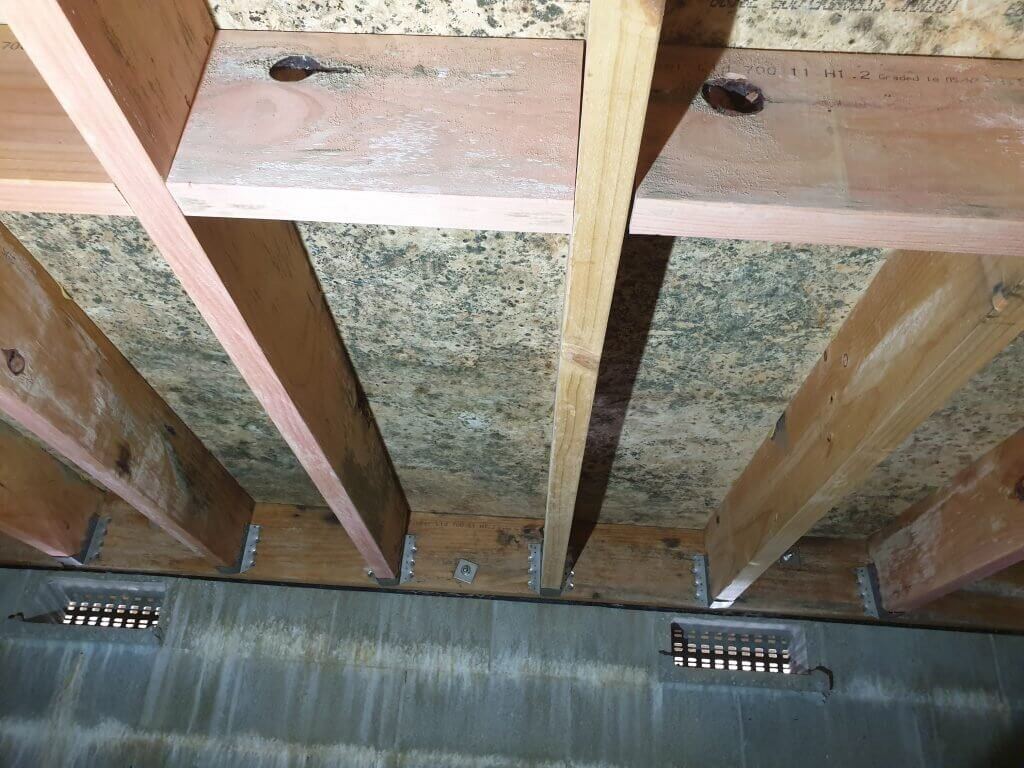
Final Thoughts
Regular maintenance and mould removal are crucial to maintaining a healthy home environment and preventing serious health issues. You can manage this by controlling moisture levels and ensuring good air circulation. However, professional services may be necessary for severe infestations.
DIY mould removal can be dangerous, exposing you to toxic spores. Using a professional solution like Restate Property Restoration ensures that you receive the expertise, equipment, and protection needed to remove mould safely and effectively.
Why Choose Restate Property Restoration?
Restate Property Restoration offers a range of market-leading services to help restore your property in the event of mould, flooding, or other damage. In addition to professional mould removal in Auckland and Hamilton, we specialise in flood and water damage restoration, decontamination, sanitation, and disinfection, as well as flooded carpet cleaning and drying.
If you have found mould in your home, contact Restate Property Restoration today. Call us on 0800 332 664 or email info@restaterestoration.co.nz.

